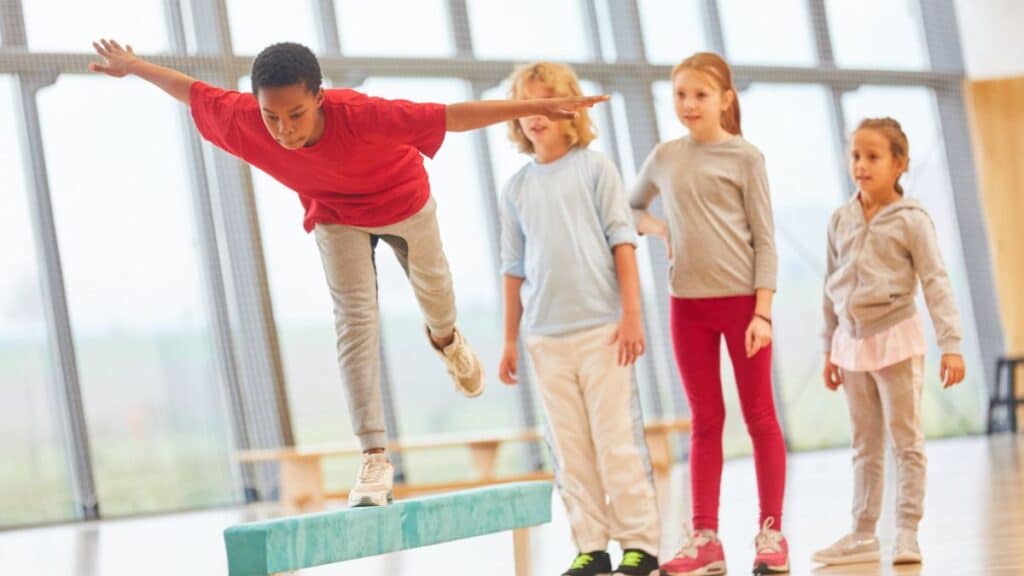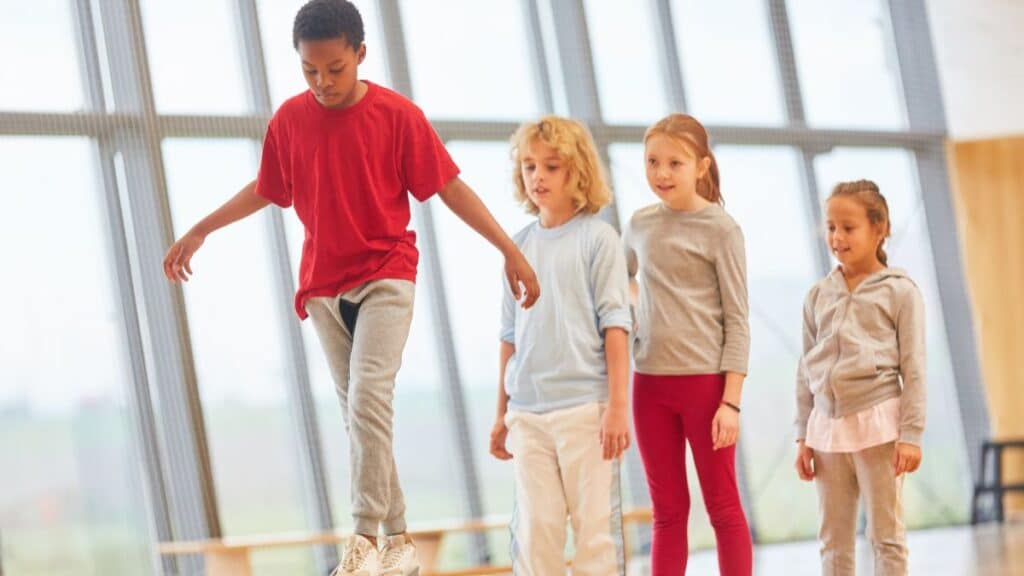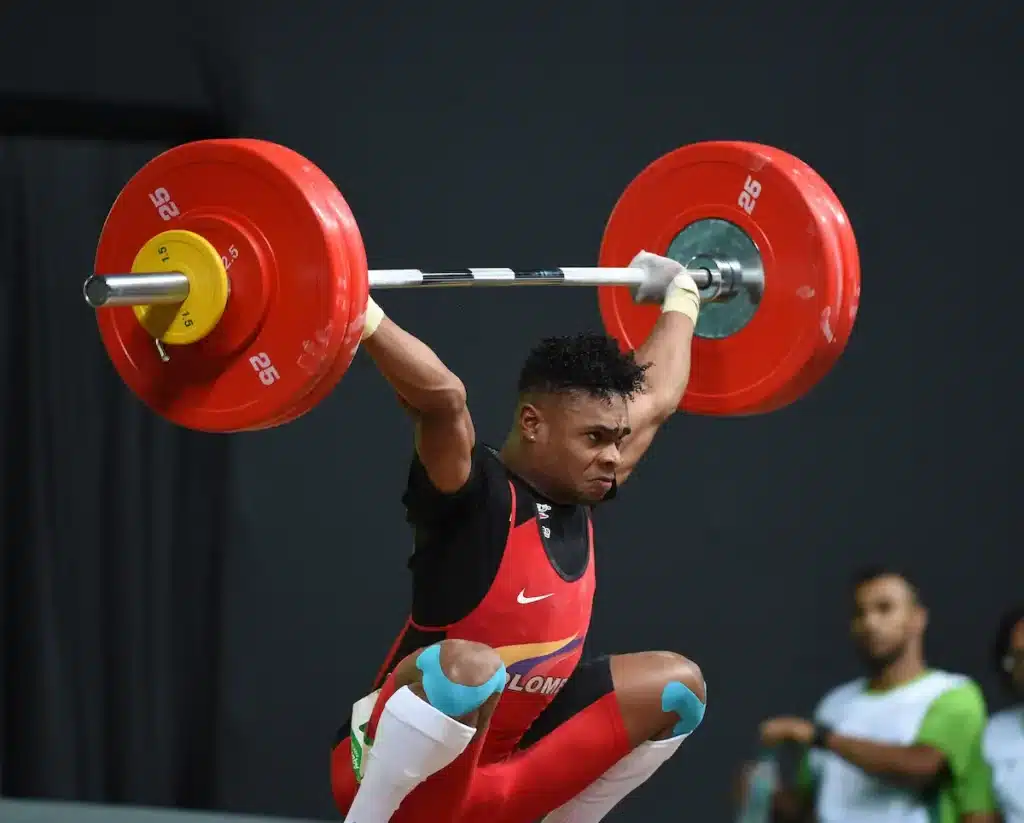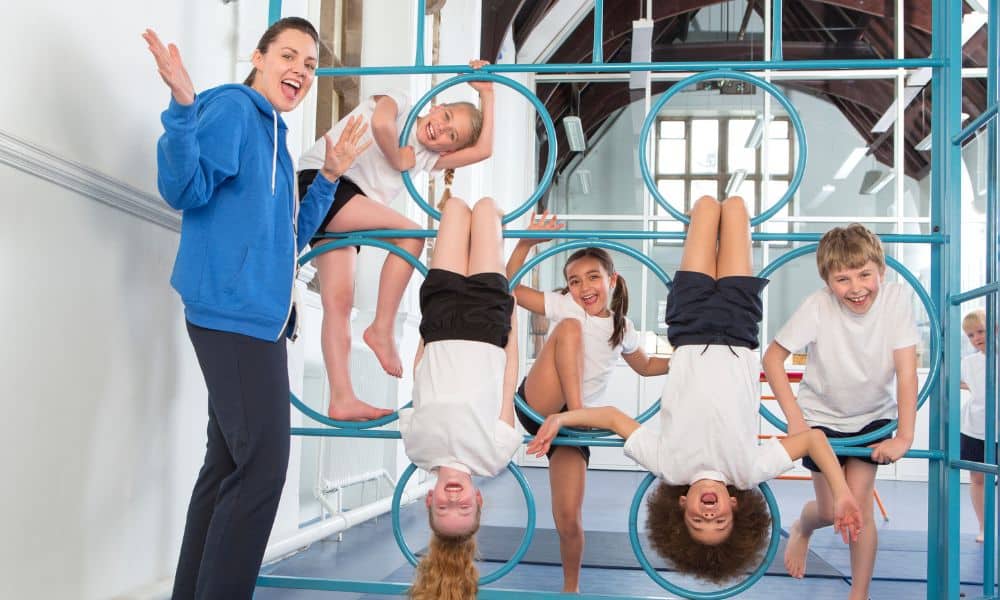The introduction serves as a gateway into the significance of embedding fitness into the daily routines of children affected by autism. Beyond the immediate benefits to physical health, it delves into the profound impact on overall well-being. This article aims to explore in-depth practical strategies to seamlessly incorporate fitness, recognizing it as a pivotal aspect of fostering a holistic and supportive environment for autism-affected children.
Understanding the Unique Needs of Autism:
A nuanced view of Autism Spectrum Disorder (ASD) is presented. It elaborates on the diverse challenges encountered by children with ASD, encompassing sensory sensitivities, motor skill deficiencies, and obstacles in social interaction. The underlying premise is to underscore the importance of comprehending these challenges as the foundational step toward tailoring an effective and personalized fitness routine.
The Benefits of Fitness for Autism Children:
This segment provides a concise yet comprehensive overview of the manifold advantages associated with integrating fitness activities. Sensory integration takes center stage, elucidating how specific physical activities can serve as a regulator for sensory input, ultimately enhancing sensory integration in children with autism.
The discussion extends to the development of gross motor skills through activities like running and cycling, emphasizing the positive impact on coordination and balance. The interplay between fitness and communication, social skills, and emotional regulation is highlighted, framing exercise not merely as a physical endeavor but as a holistic contributor to overall well-being.
Sensory Integration:
The therapeutic role of fitness activities for children with autism, particularly focusing on sensory integration. By exploring how tailored fitness interventions contribute to effective sensory regulation, we aim to underscore the transformative impact on the lives of individuals on the autism spectrum. Through concise insights into diverse fitness modalities, from dynamic exercises to calming practices.
We emphasize the holistic benefits that extend beyond physical well-being to encompass emotional and cognitive development. Real-life case studies and expert perspectives provide a succinct yet comprehensive understanding of the symbiotic relationship between sensory integration and fitness, advocating for personalized and inclusive approaches to meet the unique needs of children with autism.

Motor Skills Development:
Expanding on motor skill development, it’s crucial to highlight the dual importance of consistent engagement in activities. This involves enhancing both gross motor skills, which coordinate larger muscle groups for activities like walking and running, and fine motor skills, crucial for precise movements like grasping and writing. By integrating exercises targeting both aspects, fitness activities offer a holistic approach to skill enhancement, promoting overall physical and cognitive development in children with autism.
Communication and Social Skills:
Diving deeper into the social elements, the discourse emphasizes how fitness activities play a pivotal role in establishing structured environments that support social interaction and communication. This emphasis on structure becomes a catalyst, fostering the essential development of social skills.
Emotional Regulation:
Delving further into emotional regulation, the expansion draws connections between exercise and the release of endorphins—neurotransmitters recognized for their mood-enhancing properties. Additionally, it explores how engaging in these activities serves as a healthy outlet for expressing and managing emotions.
Practical Strategies for Integration:
This section undergoes an expansion to offer a more in-depth exploration of practical strategies. Each subheading is elaborated to provide a comprehensive guide for parents, caregivers, and educators.
Create a Structured Routine:
Underscoring the crucial role of a structured routine, this essential element provides stability for children with autism. Insights into customization emphasize tailoring routines to individual energy levels and preferences, creating an inclusive and adaptable environment that optimizes engagement and well-being.
Choose Activities Based on Interests:
This section delves into aligning fitness activities with a child’s unique interests, transforming exercise into a personalized and enjoyable experience. By offering specific examples and practical tips on identification and incorporation, caregivers and educators can create a tailored fitness routine that not only promotes physical well-being but also sparks passion and engagement.
Adapt Activities to Individual Needs:
The critical need for continuous assessment and adaptation in tailoring fitness routines for children with autism. It provides detailed guidance on recognizing signs of discomfort or disinterest, empowering caregivers and educators to modify activities accordingly. The updated content acknowledges the dynamic nature of a child’s preferences and encourages open communication, fostering a responsive and collaborative approach for a more effective and engaging fitness experience.
Incorporate Sensory-Friendly Equipment:
The examination of sensory-friendly equipment is expanded to encompass a diverse array of options and considerations. This deep dive explores how these tools can be seamlessly integrated into various fitness activities, enhancing the overall experience by tailoring it to the unique sensory needs of the individuals involved.
Encourage Family Involvement:
This section underscores the significance of family involvement, emphasizing how collective participation not only enhances the child’s fitness experience but also fosters a supportive environment for their overall development. The paragraph provides additional insights into the broader impact of familial engagement, highlighting the opportunity for bonding and the inclusion of siblings in age-appropriate activities. In essence, the collaborative approach to family fitness creates a positive and inclusive dynamic, extending the benefits beyond the realm of exercise.
Conclusion
In conclusion, this comprehensive exploration aims to equip caregivers, educators, and support networks with a thorough understanding of the multifaceted relationship between fitness and the well-being of children affected by autism. It provides a roadmap for a holistic and inclusive approach that goes beyond the physical aspects. Recognizing the unique needs and potentials of each child on the autism spectrum.




